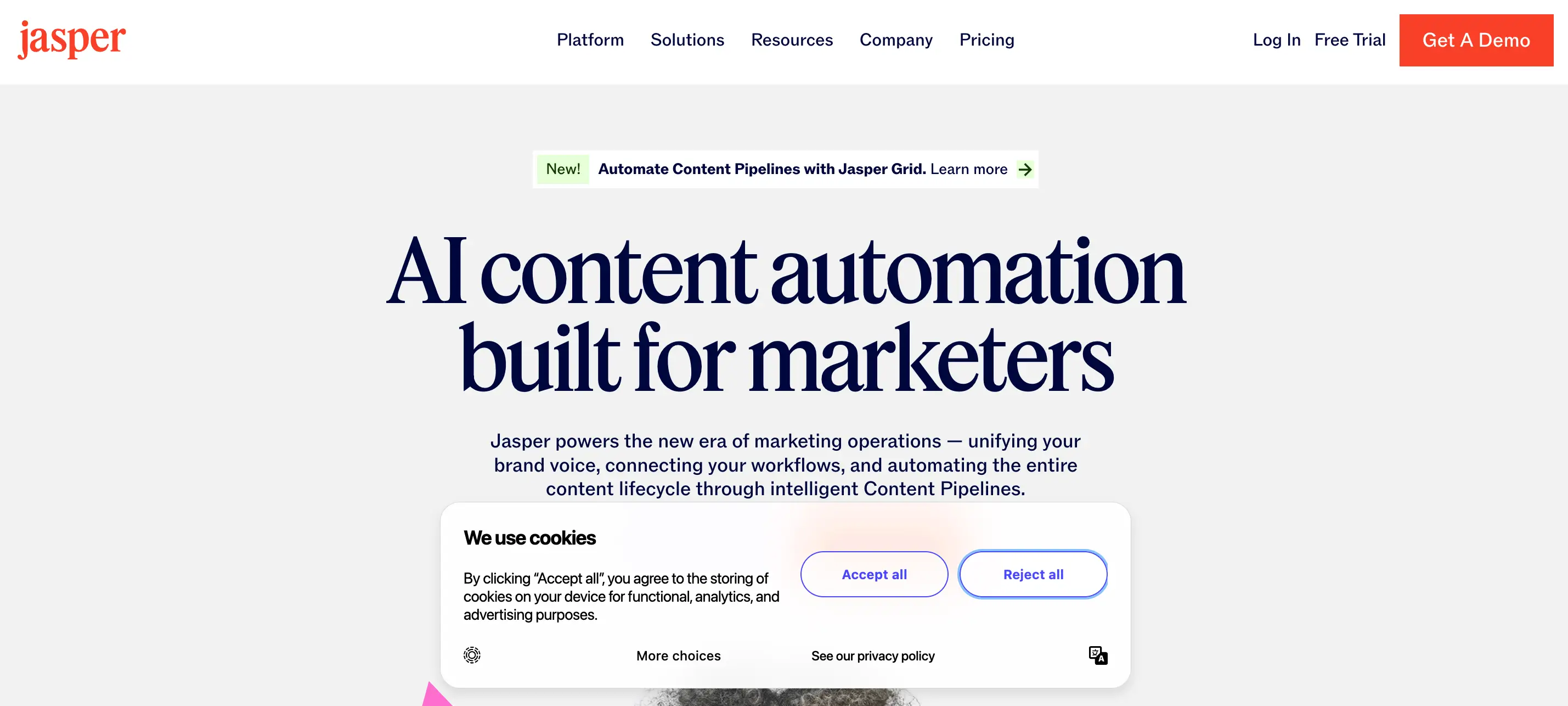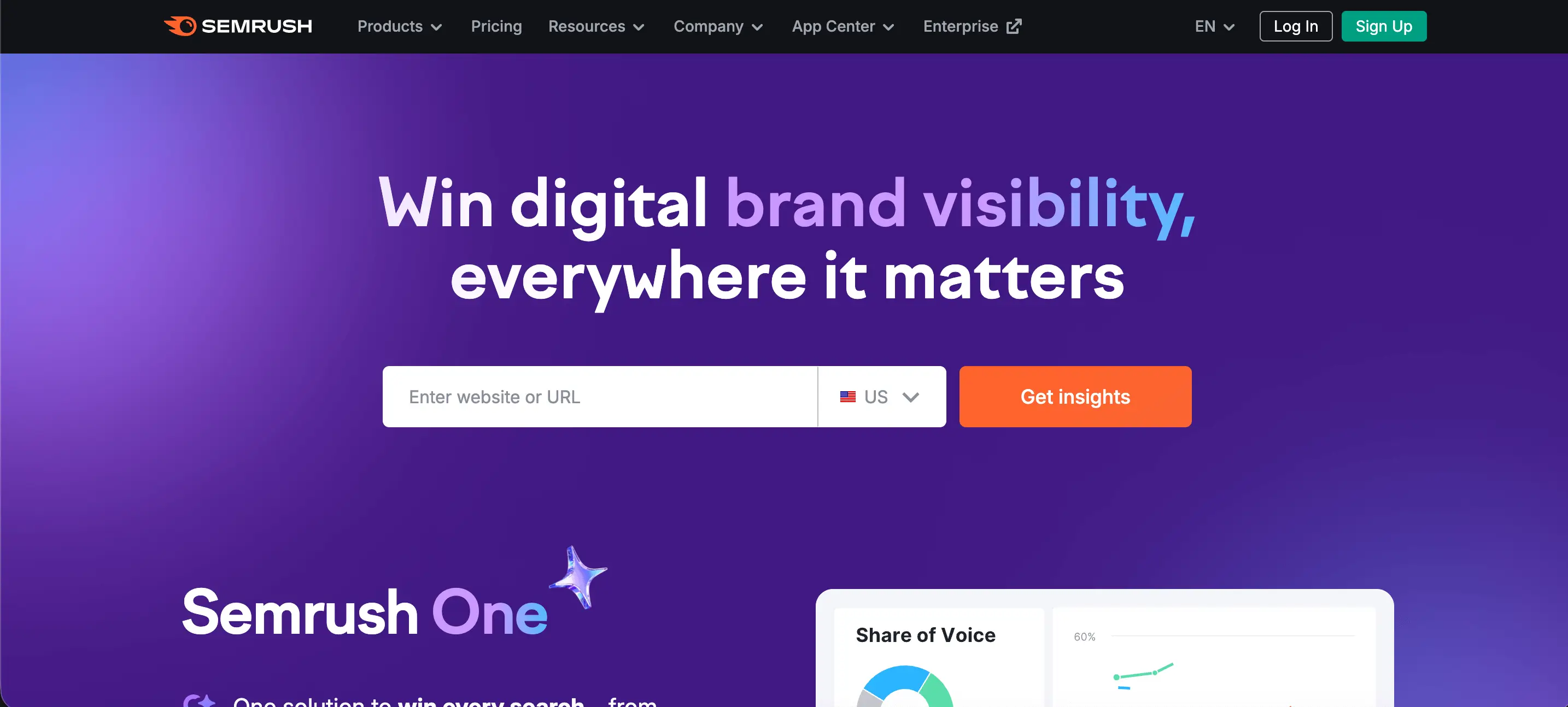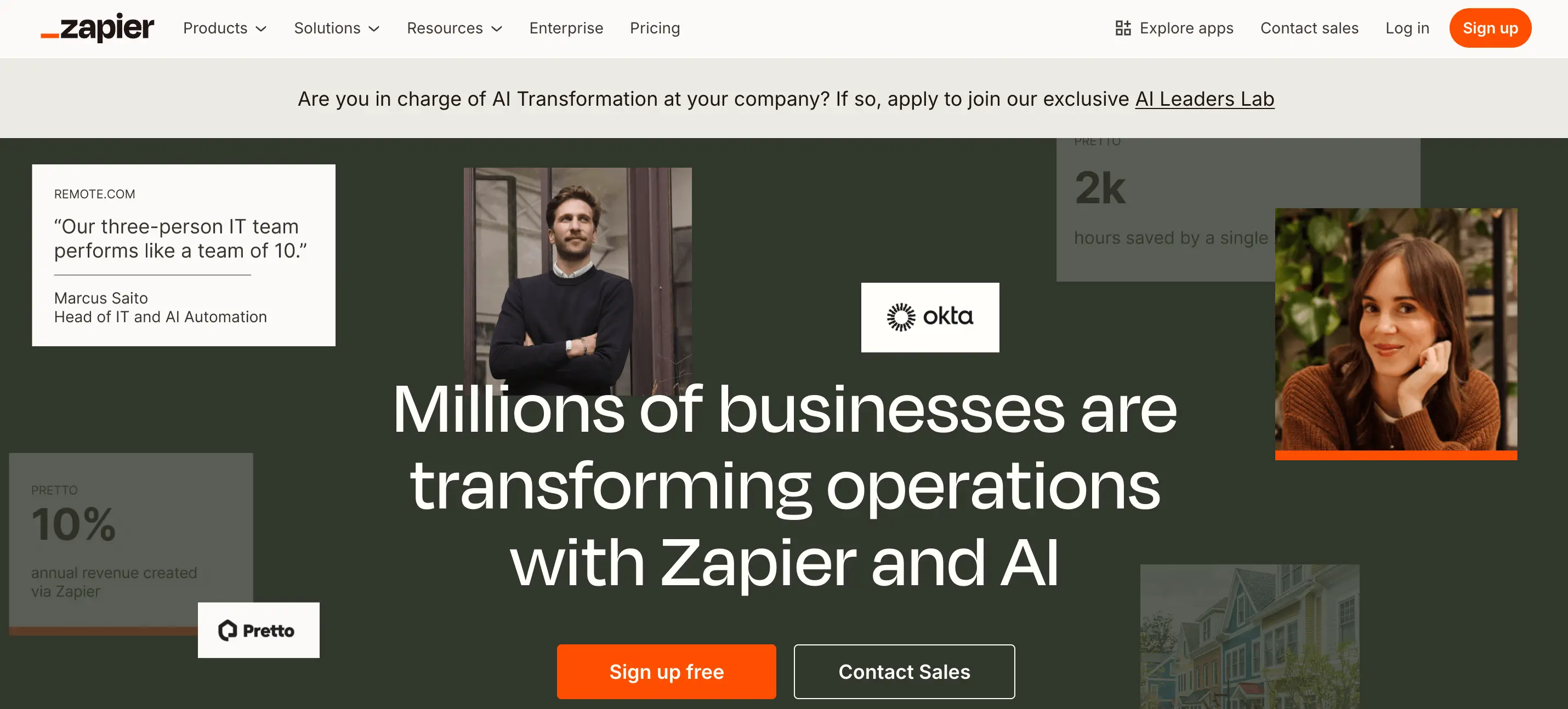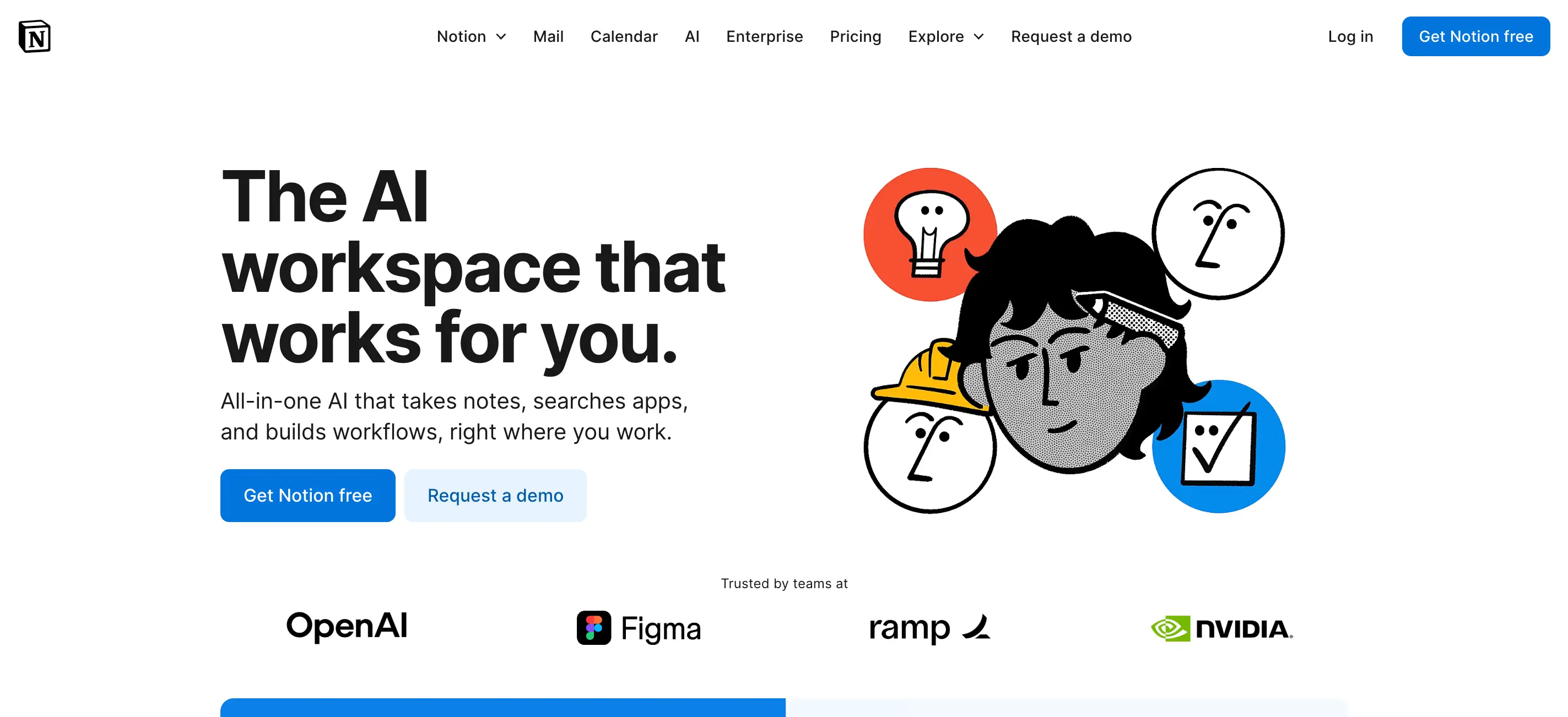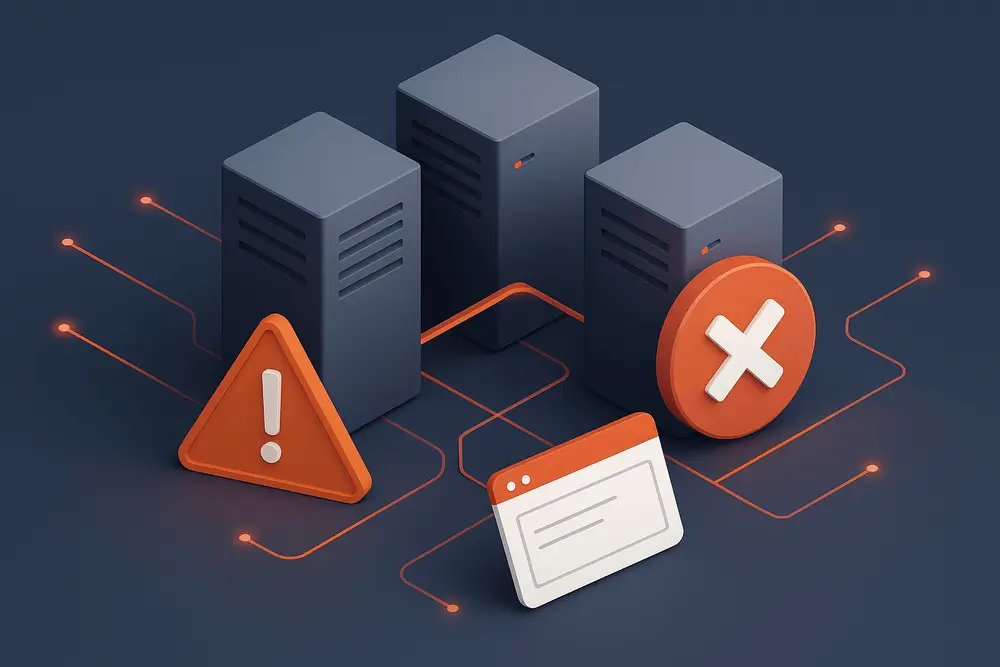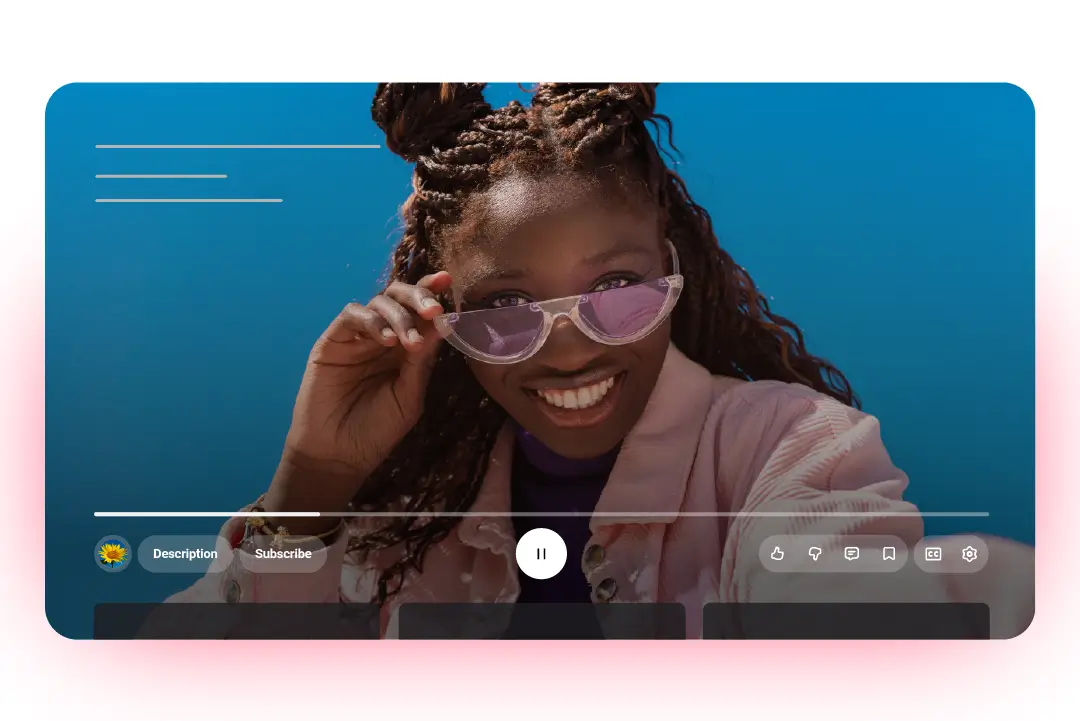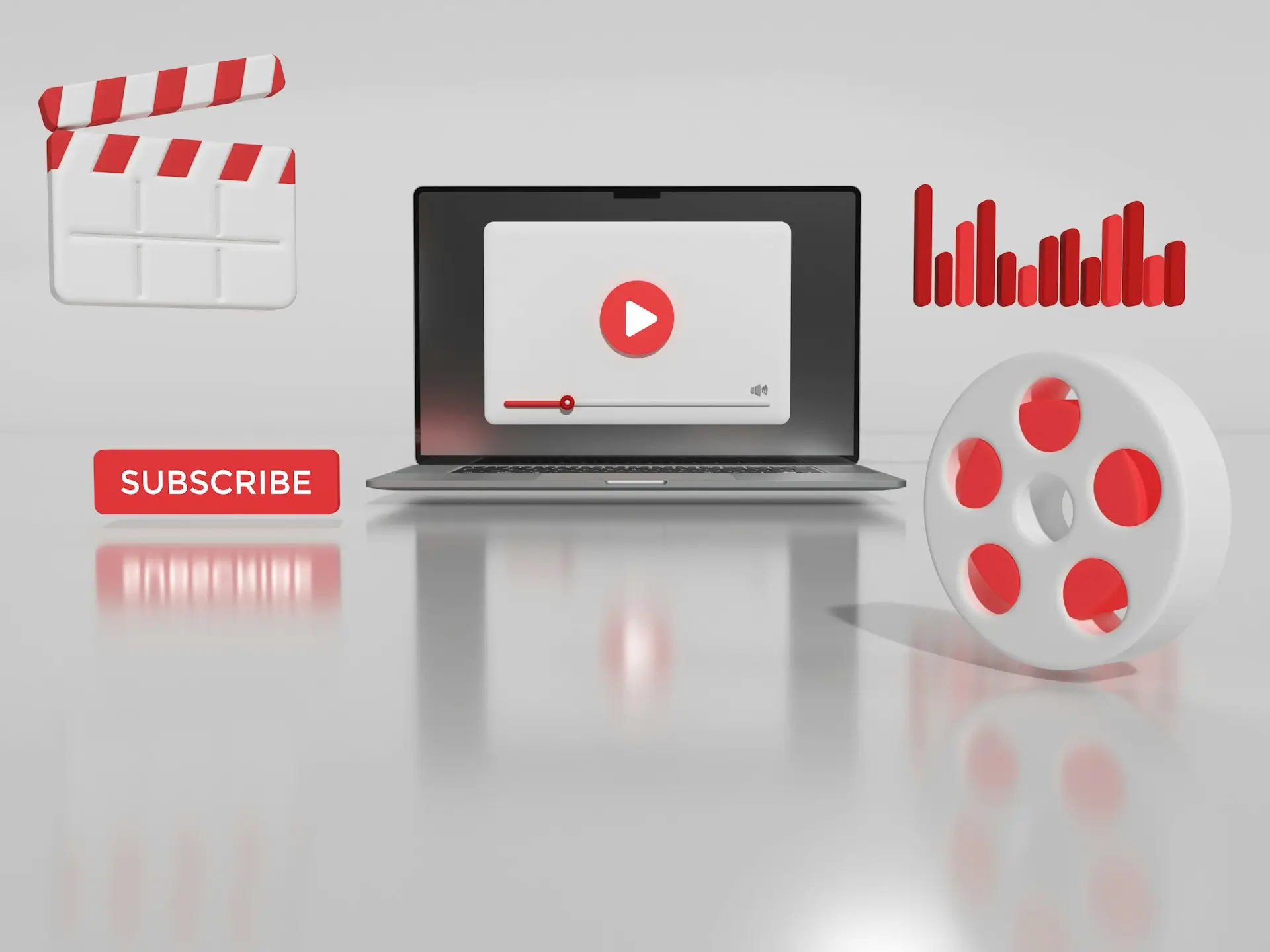User Centered Design Process: A Step-by-Step Approach
Design
Jul 9, 2025
0 min
Creating digital products people actually want to use takes more than ideas or polished interfaces. It requires understanding users, their goals, behaviors, challenges, and context. That’s where user-centered design comes in.
This approach places real user needs at the core of every design decision. It’s not just about making something look good, but about making it useful, usable, and meaningful. Whether you're designing a mobile app, a website, or a complex software tool, applying a user-centered mindset helps you build solutions that truly solve problems.
In this guide, I’ll walk through the user centered design process step by step. But first, let’s define exactly what is user centered design and why it matters.

What Is User Centered Design?
User centered design (UCD) is a problem-solving approach that prioritizes the needs, preferences, and limitations of end users throughout every stage of the design process. Rather than building based on assumptions or internal opinions, UCD focuses on involving real users to inform decisions from start to finish.
The goal of user centered design is to create solutions that are not only functional but also intuitive and enjoyable to use. This means understanding the user’s context, identifying pain points, and continuously refining the product based on feedback.
Key User Centered Design Principles
1. Early and Continuous User Involvement
Design decisions are stronger when users are involved from the start. This includes research, interviews, usability testing, and ongoing feedback. The earlier you understand your users, the fewer assumptions you'll make.
2. Understanding the Context of Use
Knowing how, when, and why users interact with your product is essential. Context includes not only the physical or digital environment but also the user's goals, emotions, and constraints during the interaction.
3. Iterative Design
User centered design is not a one-time process. It requires cycles of design, testing, and refinement. Each iteration brings you closer to a product that truly fits user expectations.
4. Design for the Whole Experience
Good design considers the entire user journey, not just isolated screens or actions. From onboarding to support, every touchpoint should be meaningful and easy to navigate.
5. User Feedback Drives Decisions
Rather than relying solely on team preferences or trends, design choices are based on real-world data and feedback. What users say and how they behave during testing both inform how the design evolves.
Together, these user centered design principles provide a framework for building products that people find genuinely helpful and satisfying to use.

The User Centered Design Process (Step-by-Step)
A strong user centered design process follows a clear, repeatable structure that helps teams stay focused on real user needs at every stage. Here’s how it typically unfolds:
1. Research and Empathy
The first stage of the user centered design process is understanding the people you are designing for. Without real insight into user behavior, goals, and challenges, design decisions become guesswork.
This phase focuses on building empathy. It involves listening, observing, and collecting data to better understand user needs within the context of their daily lives.
Goal
To gather meaningful information about your target users and the problems they face.
Common activities include
- User interviews: Direct conversations with users to explore their experiences, expectations, and frustrations.
- Surveys and questionnaires: Broader data collection that helps identify trends and validate assumptions across a larger group.
- Observation and field studies: Watching users interact with similar products or services in real-world settings to discover hidden pain points.
- Empathy mapping: Organizing insights into what users say, think, do, and feel to build a more complete picture of their experience.
- Persona creation: Developing user profiles based on research that represent key segments of your audience, including their goals, motivations, and limitations.
Why this step matters
Strong research creates a solid foundation for the rest of the process. It ensures that every design choice is informed by real user needs rather than assumptions. When you understand users early, you reduce the risk of building a solution that doesn’t fit their expectations.

2. Define the Problem
Once user research is complete, the next step is to make sense of the findings and clearly define the problem you are trying to solve. This step turns raw data into a focused direction for the design process.
A well-defined problem acts as a guide for generating relevant ideas, avoiding unnecessary features, and keeping the project aligned with real user needs.
Goal
To translate user insights into clear problem statements that reflect both user challenges and business objectives.
Common activities include
- Synthesis of research findings: Grouping and analyzing the data collected during interviews, surveys, and observations to identify common themes or pain points.
- Users need identification: Listing what users are trying to achieve and where they face friction or confusion.
- Problem statements: Writing clear, concise descriptions of the main problems users are experiencing. For example: "Users struggle to find key information because navigation is unclear."
- How-might-we questions: Framing the problem in a way that encourages creative thinking. For example: "How might we simplify navigation so users can find information faster?"
- Business alignment: Ensuring the user problems identified also support broader business goals such as retention, engagement, or sales.
3. Ideate Solutions
With a clear problem definition in place, the next step is to generate ideas that could solve the problem. This is the creative phase of the user centered design process where teams explore a range of possible solutions before choosing a direction.
Ideation encourages diverse thinking and helps uncover ideas that may not emerge through linear planning alone.
Goal
To explore multiple ways to solve the user problem through brainstorming, sketching, and collaboration.
Common activities include
- Brainstorming sessions: Teams come together to rapidly generate ideas without judging or filtering them too early. Quantity is prioritized over quality in the beginning.
- Sketching and visual thinking: Putting ideas on paper helps clarify abstract thoughts and makes it easier to communicate concepts with others.
- Mind mapping: Organizing related ideas around a central theme to uncover unexpected connections.
- Crazy 8s or design sprints: Fast-paced ideation exercises that help produce multiple ideas in a short time frame.
- Idea prioritization: Evaluating concepts based on feasibility, impact, and alignment with user and business goals.

4. Build Prototypes
After generating and selecting promising ideas, the next step is to bring those ideas to life in a tangible format. Prototypes allow teams to explore how a concept might work before investing time and resources into full development.
Prototypes can be simple sketches or interactive digital mockups, depending on the stage of the project and the level of detail needed.
Goal
To create a testable version of the solution that can be shared with users for feedback.
Common activities include
- Wireframing: Designing low-fidelity layouts that outline structure and content placement without focusing on visual details.
- Interactive mockups: Using design tools to create clickable versions of screens or flows, simulating basic user interactions.
- Paper prototyping: Sketching interfaces on paper to quickly test ideas in early stages.
- Content mapping: Outlining text, labels, and information hierarchy to ensure that the content supports the user journey.
- Design system integration: Applying consistent components, colors, and styles to keep the prototype aligned with brand or product standards.
5. Test with Real Users
Once a prototype is ready, it’s time to put it in front of actual users. Testing reveals how people interact with your design, what works well, and where confusion or friction occurs. This step is essential to validating your ideas before moving into full development.
Usability testing helps you move beyond assumptions and base improvements on real user behavior.
Goal
To observe how users interact with the prototype, identify usability issues, and gather feedback that informs design improvements.
Common activities include
- Usability testing: Ask users to complete key tasks using the prototype while observing their actions and listening to their thoughts. Tests can be done in person or remotely.
- A/B testing: Show different versions of a feature to different users to evaluate which one performs better.
- Surveys and follow-up interviews: Collect feedback on the overall experience, pain points, and suggestions for improvement.
- Click tracking and screen recording: Record interactions to identify which parts of the interface users struggle with or avoid entirely.
- Issue logging and prioritization: Document usability problems and rank them based on severity and frequency.
6. Iterate and Improve
Design does not end after the first round of testing. In a user centered design process, iteration is a critical step that ensures the product continues to evolve based on real user feedback. Each round of refinement helps bring the design closer to what users actually need and expect.
This phase is about learning from what worked, identifying what didn’t, and making thoughtful improvements.
Goal
To refine the design based on usability feedback and prepare for further testing or final implementation.

Common activities include
- Applying changes based on user feedback: Adjust layouts, wording, interactions, or features to address pain points discovered during testing.
- Conducting follow-up testing: Test the updated version with users to confirm that the issues have been resolved and the experience has improved.
- Revisiting goals and priorities: Reassess the design direction in light of new insights, and decide whether additional iterations are needed.
- Documenting updates: Track changes and ensure that everyone on the team is aligned around the latest version.
- Finalizing high-fidelity designs: Once the design has been validated through iterations, prepare it for handoff to development.
Conclusion
The user centered design process is more than a checklist; it’s a mindset that keeps people at the heart of every decision. By following a structured approach that includes research, problem definition, ideation, prototyping, testing, and iteration, teams can create products that are not only functional but genuinely useful and intuitive.
This process helps reduce guesswork, align teams around real user needs, and produce outcomes that deliver lasting value. Whether you're designing a mobile app, a website, or a digital tool, focusing on the user from the very beginning increases your chances of success.
If you're unsure how to apply user centered design to your product or website, I offer UI/UX design services to help you create intuitive, user-focused experiences.


